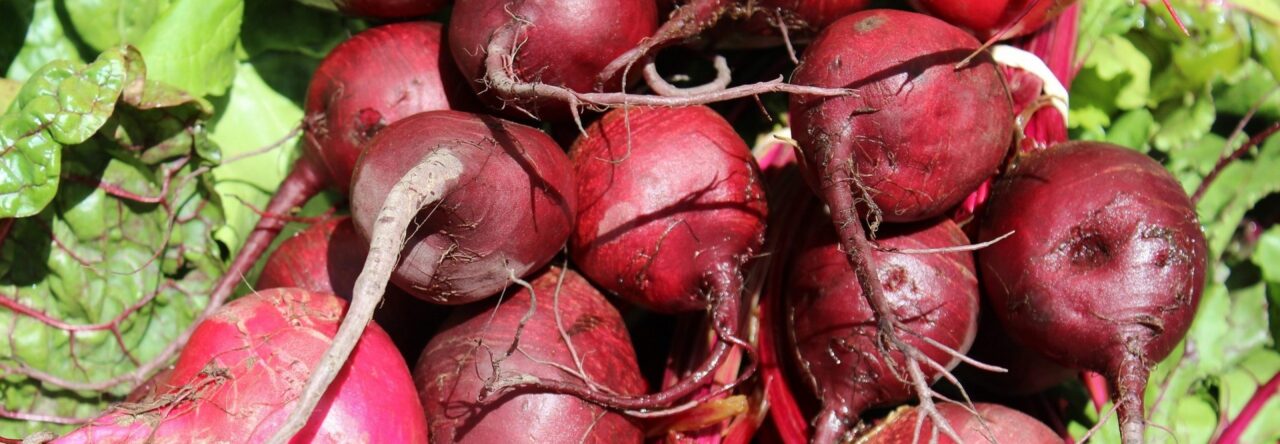
All carbohydrates are not created equal. Find out which ones are better.
The body is excellent at absorbing the energy from the food we eat especially cooked and highly refined food. The digestive tract is uniquely qualified to break down food into small pieces to be absorbed and used for energy. Unfortunately, many of the calories we consume are stored in our body as fat. We could be using some of those calories for the digestive process, but when we blenderize our food, overcook it to mush, or process it by removing the fiber, we are inadvertently increasing the number of calories we consume. Not only do we absorb more calories from this type of food, but these calories raise blood sugar to unhealthy levels, and this contributes to weight gain.
Instead, we should consume more carbohydrate foods which contain “resistant starch.” Resistant starch is a type of carbohydrate that resists digestion in the small intestine and ferments in the large intestine. Resistant starch is a “prebiotic” – it acts as food for the good bacteria in the gut. We have all heard that our gut is important for our health. These good bacteria produce chemicals called short chain fatty acids (SCFAs) which are theorized to play a significant role in psychological health, immune function, and digestive health. There are fewer SCFAs in the gastrointestinal tract and feces of patients with irritable bowel syndrome (ulcerative colitis and Crohn’s Disease) when compared to healthy individuals. Resistant starch provides bulk to the diet, takes longer for the body to digest, and we do not derive as many calories from it as other types of starch. This helps us feel fuller with fewer calories and thus, can help decrease appetite. Because it takes longer to be digested, it keeps appetite stable and blood sugar from spiking. The added bulk relieves symptoms of constipation. Research is ongoing but there is no need to wait for scientific proof as these foods are natural and safe to eat.
Resistant starch is found in starchy plant foods such legumes such as peas, beans, and lentils, starchy fruits such as green bananas, whole grains such as oats, barley, potatoes, and rice which has been cooked and cooled. By the way, cook your pasta “al dente” or firm because it contains more resistant starch. Maybe this is why the Italians are less obese than Americans?

Leave a Reply